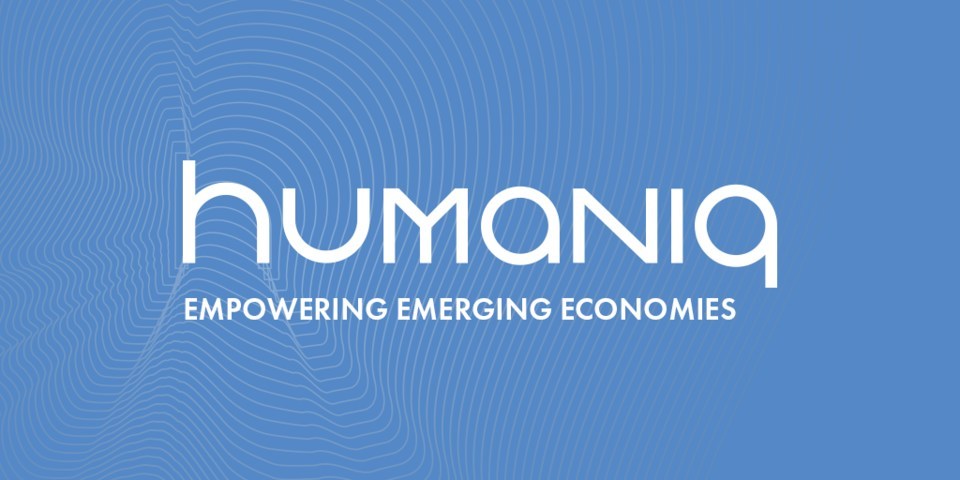The Humaniq project has gotten a lot of attention as of late. By positioning itself as the “next generation of banking” there is no lack of ambition to be found. However, it is important to note Humaniq is not just about banking, as the blockchain-based layer allows for projects plugging into this system through APIs. This is a great example of how the blockchain will provide financial inclusion to the unbanked population.
Humaniq Can Become Quite a Powerful Project
Decentralizing the concept of banking is quite a bold move. Up until this point, banks have always relied on centralization, which has not benefited financial inclusion by any means. With over 2 billion people still cut off from the financial ecosystem, it is evident something needs to change sooner rather than later. Humaniq aims to be a part of this change by creating the next-generation bank on top of the Ethereum platform.
Among the services to be offered through the Humaniq platform are loans, credit services, remittance payments, and insurance. What is really interesting is how this project will introduce biometric authentication, rather than relying on ID scans and signatures. Ensuring all users are unique requires new authentication measures. Documents are too easy to forge, yet biometrics are unique to every individual on this planet.
In the financial sector, ensuring every user is unique is one of the top priorities. Up until now, service providers have struggled to do so, yet Humaniq feels they have the answer to solve this problem. It also highlights the potential of this platform even more, as any other business can plug into the Humaniq’s services to ensure all of their users are unique and real as well. Such a service can prove to be invaluable for PR and marketing activities, for example.
Just how valuable is it to have a network that by default uses a unique biometric profile for each user, preventing duplicate or fake accounts? It’s going to be a huge deal for two main reasons: commercial transactions and advertising & PR. Companies offering financial or insurance products combat fraud by ensuring that they’re dealing with a real person and that the person who signs up for their service isn’t using another person’s documents. By using biometric ID to not only sign up, but also to sign each action, these companies will be able to reduce their risk and spend far less overhead on fraud prevention and chargebacks.
A big point of pain with advertising currently is that even with the sophisticated targeting available through Bing, Adwords, Facebook, and Twitter advertising, customer acquisition is still very expensive. For PR, the problem is you don’t know if you’re paying for a network of bots to see your important communications, or if you have a legitimate audience. With a botless network composed solely of unique individuals, companies will be able to accurately and affordably target very specific audiences. The beauty of the Humaniq network is that a person can be 100% verified as a real individual without having to give up their privacy, which will be a big selling point in a world where people are increasingly becoming less willing to give up their personal data.
There is more to Humaniq for businesses to explore. The project’s UX and UI layer allows enterprises to implement new interface solutions. Cards, QR codes, chat banking, and mobile apps are just a few examples of services based on what Humaniq has to offer. Moreover, the APIs offered by the project allow for easy project integration, while the underlying Ethereum blockchain takes care of currency transfers and data processing.
It is evident Humaniq is targetings a specific group of people who are in need of financial services. Creating basic financial instruments and making them accessible to the unbanked population is a big step forward. Not only will it highlight the benefits of blockchain-based services, but it also creates a gateway to an untapped market for enterprises to offer their services.
Bringing the unbanked population into the financial ecosystem will have a positive effect on local economies. Ultimately, Humaniq wants to aid in ending poverty in emerging economies, as well as highlight the potential of blockchain-based financial services. Third-party services will reap the benefits from this system as well, as they can tap into a multi-billion user market with ease. Last but not least, the project will launch an investment fund for third-party startup acquisitions and acceleration. It is evident Humaniq will be a project to keep an eye on, as its potential is virtually limitless.
If you liked this article, follow us on Twitter @themerklenews and make sure to subscribe to our newsletter to receive the latest bitcoin, cryptocurrency, and technology news.

